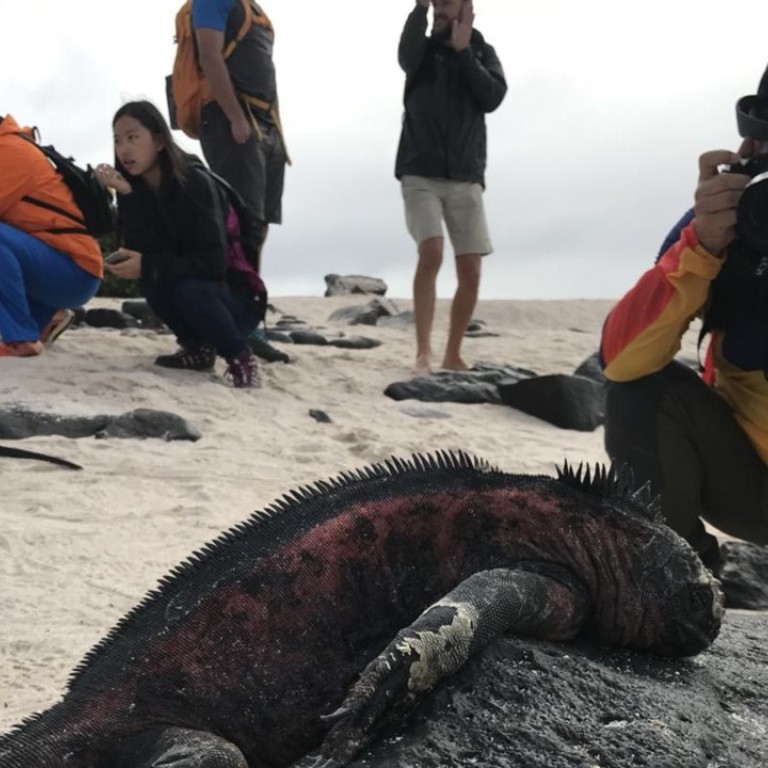
Selfies in a wedding dress with iguanas: Chinese do the Galapagos Islands, and tour guide has a trip to remember
A tour guide leads a Chinese group around the stunning islands and reveals some of their natural wonders
The Chinese expression for working as a tour guide is dai tuan – literally “take group”.
Over the past two years I’ve learned from experience that a tour group can either be hao dai – literally “good to take”, or bu hao dai – “not good to take”.
Rich Chinese problems: when your drone goes rogue at North Pole
Bu hao dai means never-ending tantrums, shoving other tourists out of best photographic spots, and constant suspicions that you the tour guide is cheating them somehow – “These are NOT emperor penguins, emperor penguins are bigger!”
A hao dai group, however, is a rewarding experience, which is what my most recent trip – taking a group of six on a cruise of the Galapagos Islands – turned out to be.
To start with, a cruise is always preceded by a compulsory safety and ship evacuation briefing. While some groups will refuse to take part or spend the time on WeChat and not paying attention, Mrs Wu (my tour group would only provide their surnames for the sake of anonymity), my Galapagos group matriarch, took maritime safety seriously.
Focused, nodding, she would nudge me whenever she felt I was falling behind with the translation.
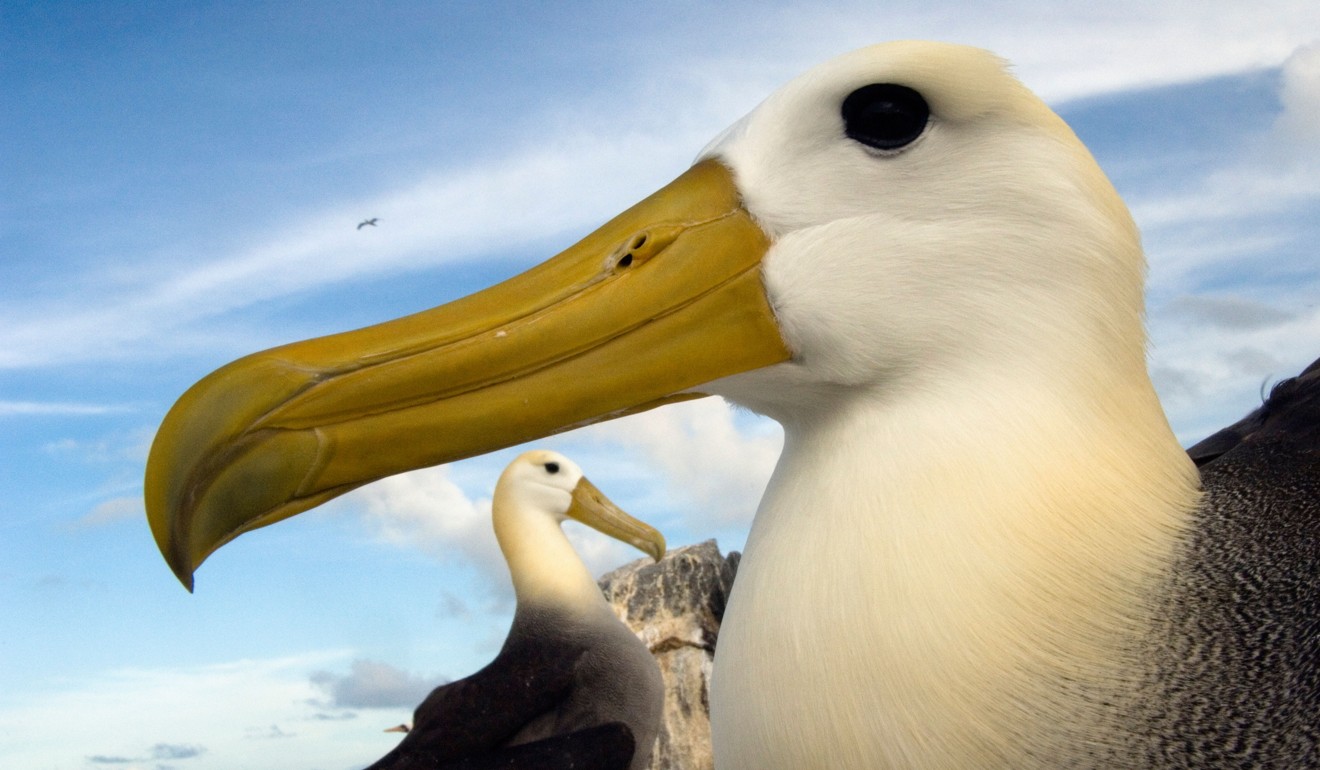
“Man overboard, man overboard?” she repeated, struggling with the unfamiliar English words. “We should just jump straight into the sea and rescue that person, why do we need to shout this stuff in English?”
The islands, formed by the tops of submerged volcanoes 900 kilometres off the Pacific coast of South America, and made famous by Charles Darwin, would not have become a modern bucket list destination if it had not been for a handful of exhausted and starving animals that got washed up on their shores a million or so years ago.
They then evolved into monsters – tortoises grew into giants the size of a kitchen table, and iguanas morphed into marine gargoyles that squirt salt out of their nostrils. Lack of land predators and isolation rendered them fearless of people, and ready-made for tourist selfies today.
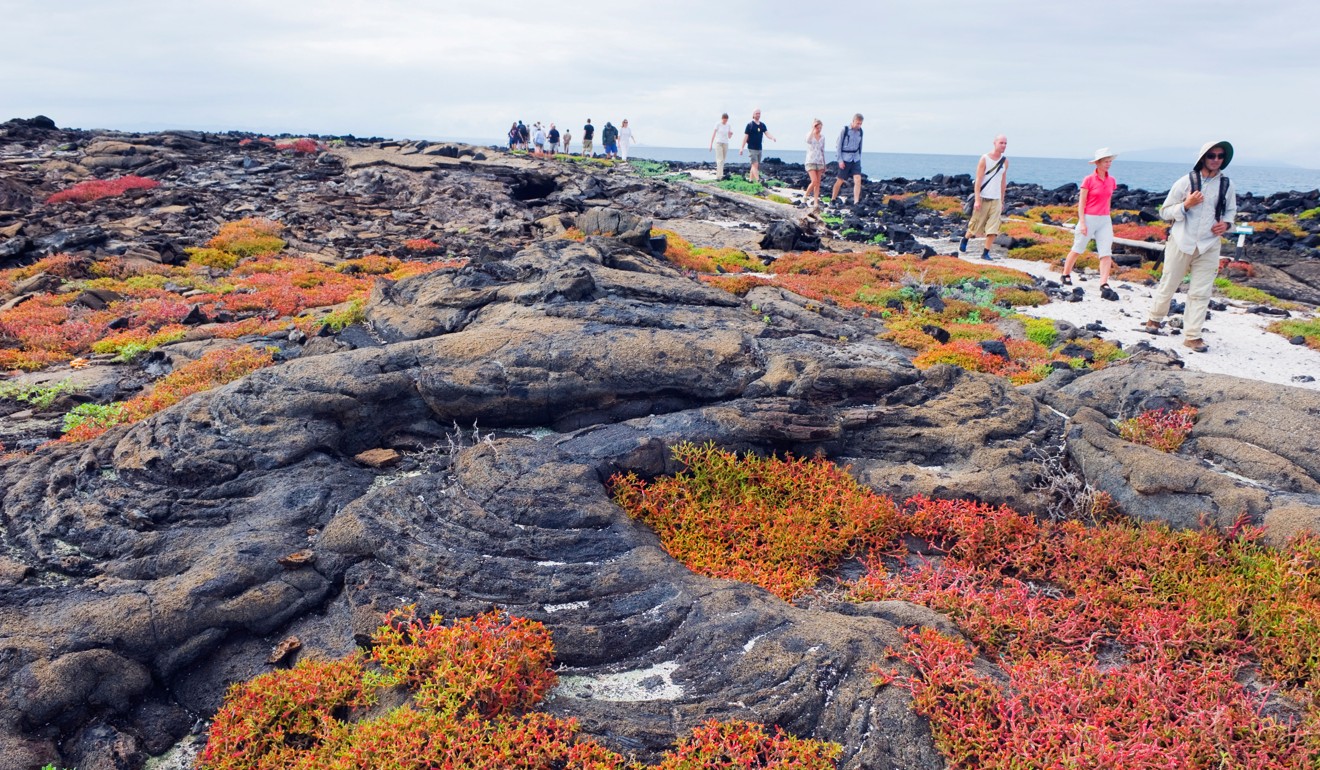
Each island is different – some are lifeless fields of frozen lava, others are deserts covered by shrubs and giant cactuses, with rocks and ground painted white with guano.
The dominant colours are ochre and red, a sharp contrast with the azure of the sea. Thousands of orange crabs scurry along black volcanic slabs on the shore, tiptoeing between sleeping sea lions and motionless marine iguanas.
Galapagos Islands resist rising tide of tourists to safeguard ecosystems
The larger islands are green. Their thick forests sustain the appetites of giant tortoises, and are often covered under a blanket of mist. Almost 98 per cent of the islands are a national park, and tourists are confined to a handful of sites encompassing a variety of the islands’ ecosystems.
A Galapagos cruise has two daily excursions, during which the guides talk at length about the evolutionary adaptations of the Galapagos species, while the species themselves – frigate birds, giant tortoises and marine iguanas – go about their business just a couple of feet away.

On the trip, Mrs Wu helped the expansion of my Chinese vocabulary. On our first stop, Genovesa Island, where marine birds, adults and chicks, flock with the density and passivity of chickens in a coop, she would not let an iota of precious information slip by – it was to be regurgitated again so it could be explained in full in her WeChat posts, which were many and constant.
Addressing me by my Chinese surname, she would sternly demand: “Guide Li, what did our guide say just now? Translate.” Just when I was hoping that she would not be too interested in the details of sexual dimorphism in sea birds.
Can I wear my wedding dress on the hike?
But this was only one episode in this quirky and enjoyable experience. “Can I wear my wedding dress on the hike?” Mrs Huang, recently married, asked me on the first day.
Having lived for a number of years in Spain, Mrs Huang and her husband had absorbed more than a little Latin flair.
Wearing a flowing wedding dress, Mrs Huang boarded a zodiac inflatable boat with grace, then scrambled up a rocky shore and hiked for two hours posing for photos with her husband in front of marine iguanas and sea lions, while the rest of our group swarmed around like paparazzi.
The cruise ship we travelled on, the Silversea Galapagos, catered to exclusive travellers. The bilingual Spanish-English staff were impeccable. With fewer than one hundred passengers on board, we had a butler for each deck on 24-hour call and our spacious cabins were tidied up every time we went on shore.
Mr Gong, my cabin mate and the oldest in the group at 74, had inexhaustible energy and a thick Fujian accent. His favourite pastimes, apart from world travel, were relentlessly hand-washing his underpants and waking up at 4.30am to go through all the videos he filmed the day before.

From the start of the trip, Mr Gong was very much looking forward to trying his hand at sea kayaking, and when the day came, he took off, paddling furiously, eager to catch a glimpse of the elusive sea turtles.
Mrs Huang’s husband, his kayak partner and almost forty years younger, struggled to keep up with the pace set by the septuagenarian.
Mr Gong’s 21-year-old chaperon, sent on the cruise to keep an eye on her hyperactive grandfather, did not allow him any alcohol, though in the evening he would make stealth missions to the ship’s bar for a cocktail.
Everyone, myself included, enjoyed the 10-day cruise. We had no disagreements, Western food was eaten with no major complaints and the Galapagos fauna did not disappoint.
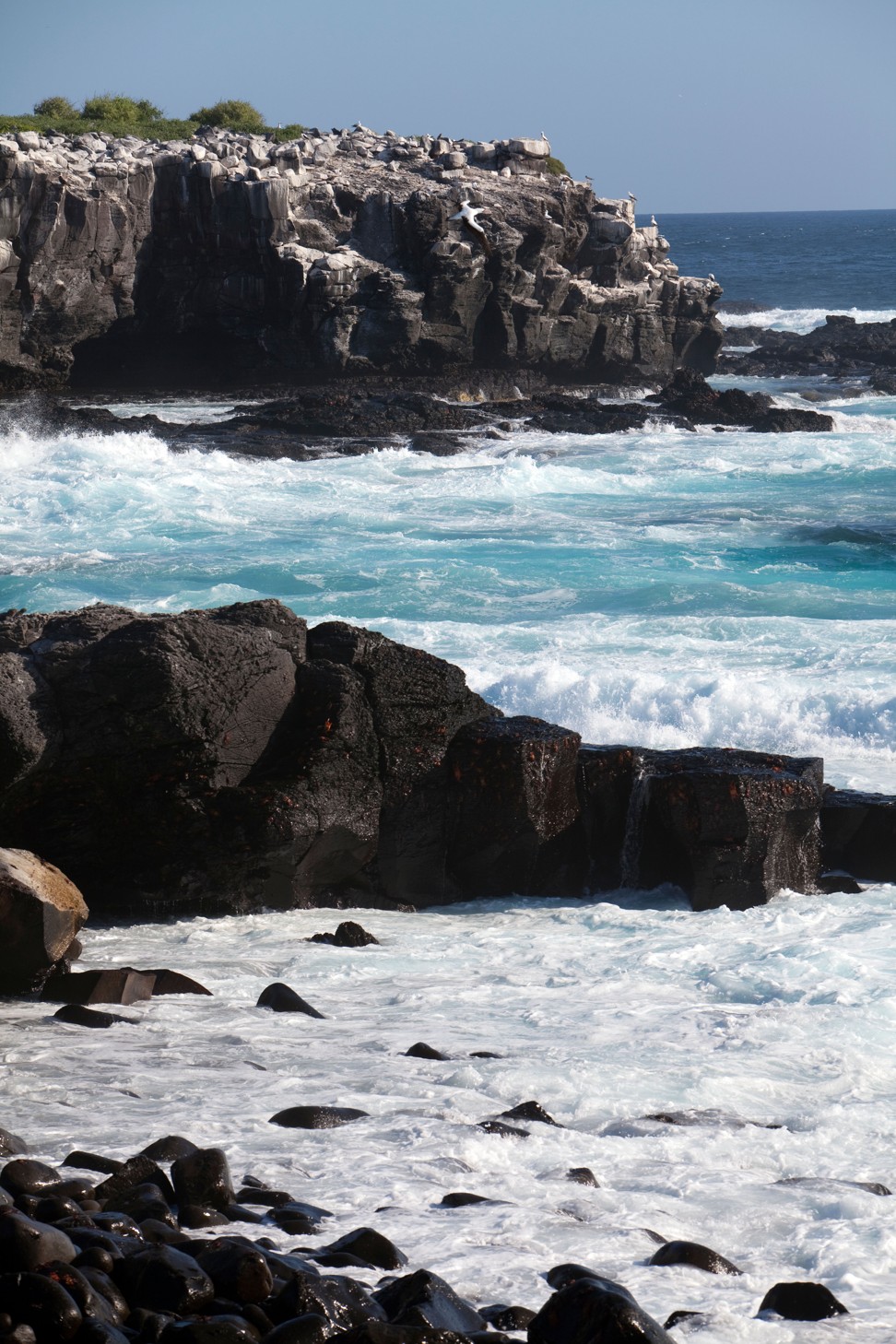
Perhaps the best thing about a hao dai group is that it first gels into a unit and by the end of the trip you feel like family. “He is Chinese,” my group would say in English to everyone looking quizzically at me, a Westerner speaking Chinese.
“Yes – one family. Together!” business-class flier Mrs Wu berated a confused check-in girl in Quito, Ecuador, when she was unwilling to check in all of us together, business and economy class travellers, via a business class counter.
Your family is there to help you financially too, and our Galapagos family was no exception. Back in the town of Puerto Ayora, strolling around the capital of the archipelago, where sea lions and marine iguanas nap on benches and sunbathe on the pavements, we realised that there were no Chinese restaurants around.
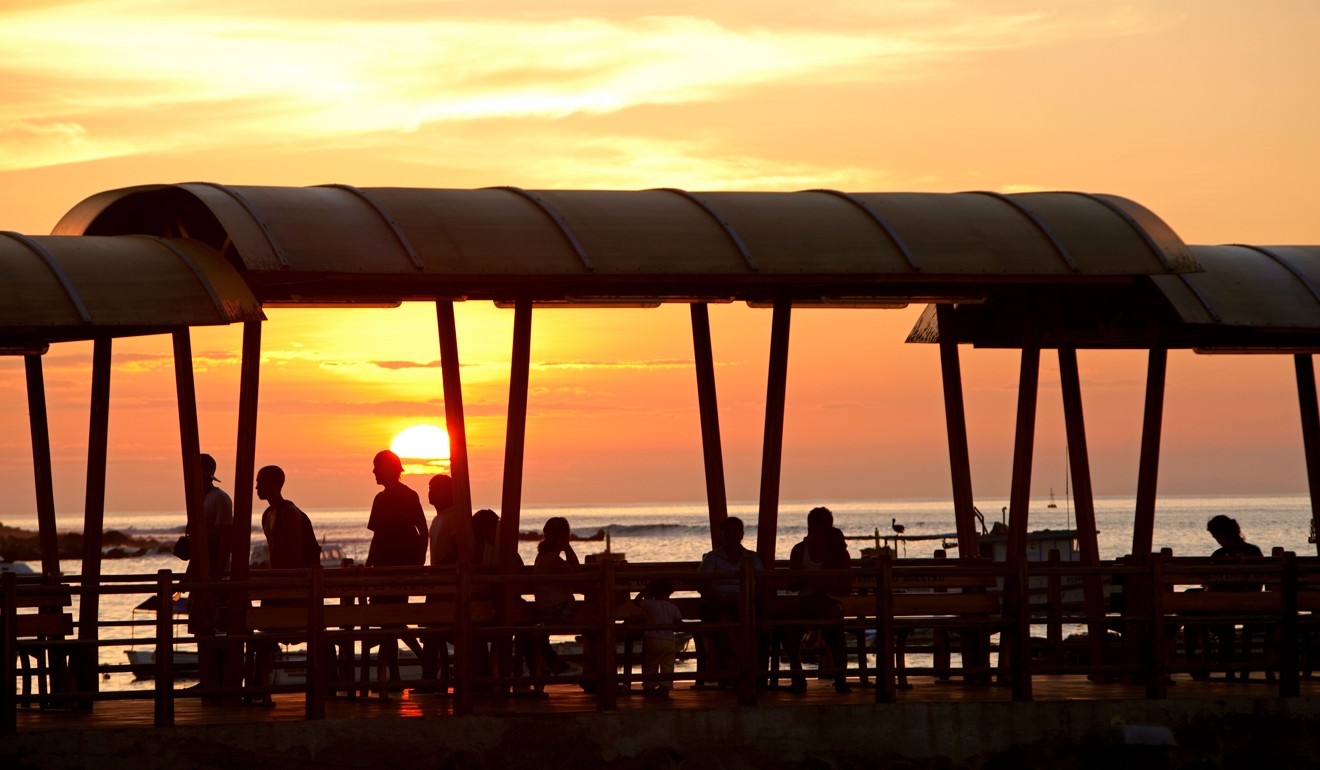
I then jokingly floated the idea to the group of me, a long-term Yunnan resident, opening a Yunnanese rice noodle restaurant there. “Guide Li’s Galapagos Mixian” would fly the flag for Yunnan cuisine in South America, I quipped.
At first Mrs Wu laughed, but then immediately turned serious – “We will invest if you decide to open it,” she said, nudging her husband.
“It’s a good idea, and we will help you. And then all six of us can all go on a trip to Brazil together with you, Guide Li.”

Getting there: you do not have to go on a cruise to enjoy the Galapagos Islands. Independent travellers can first fly to Quito, the capital of Ecuador, from where flights are available to two different airports on the Galapagos: San Cristobal, where the capital, Puerto Ayora is, or Baltra Island from where a ferry takes all passengers to Puerto Ayora.
The flight, which has a brief stopover in the city of Guayaquil, takes three and half hours, with three airlines Avianca, TAME and LATAM offering identical prices.
Once in Puerto Ayora, a multitude of travel agencies can arrange visits to all the main attractions. Galapagos also offer some of the world’s best diving – the area around the archipelago is a marine park.

